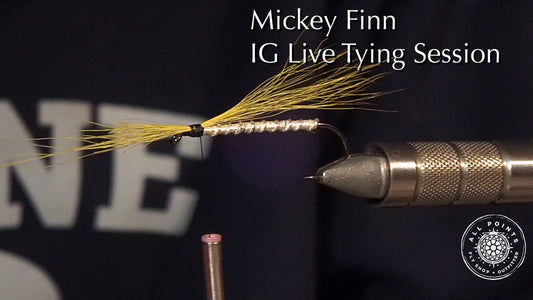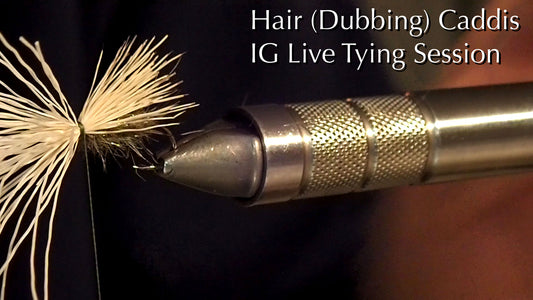All Points Fly Shop + Outfitter Blog

Video: IG Live Fly Tying Sessions - Mickey Finn
I have been doing live fly tying sessions on Instagram recently. To help with those who are unable to watch, or want to check them out later, I have set...
Video: IG Live Fly Tying Sessions - Mickey Finn
I have been doing live fly tying sessions on Instagram recently. To help with those who are unable to watch, or want to check them out later, I have set...

Video: IG Live Fly Tying Sessions - Hair (Dubbi...
I have been doing live fly tying sessions on Instagram recently. To help with those who are unable to watch, or want to check them out later, I have set...
Video: IG Live Fly Tying Sessions - Hair (Dubbi...
I have been doing live fly tying sessions on Instagram recently. To help with those who are unable to watch, or want to check them out later, I have set...

Where To Fly Fish In Southern Maine?
As a fly shop situated in South Portland, Maine near the coast of Casco Bay, a lot of what I get asked about are the fly fishing opportunities right here in...
Where To Fly Fish In Southern Maine?
As a fly shop situated in South Portland, Maine near the coast of Casco Bay, a lot of what I get asked about are the fly fishing opportunities right here in...

The 6 Benefits of Fishing Flies on Jig Hooks
Written By: Josh Thelin / Photos By: Nate Wight There are very tangible benefits to fishing flies on jig hooks. This has been something which has increased in popularity especially with...
The 6 Benefits of Fishing Flies on Jig Hooks
Written By: Josh Thelin / Photos By: Nate Wight There are very tangible benefits to fishing flies on jig hooks. This has been something which has increased in popularity especially with...

Gear Review: Echo Prime + Echo Trout Fly Rod - ...
Words + Photos by: Josh Thelin I recently got my hands on a couple of the new fly rods that Echo will be releasing mid November. One of them is their...
Gear Review: Echo Prime + Echo Trout Fly Rod - ...
Words + Photos by: Josh Thelin I recently got my hands on a couple of the new fly rods that Echo will be releasing mid November. One of them is their...

Video: Fly Tying - The "Craftbow" Streamer
Leif is back with another great trout streamer! This fly is tied using mostly Craft Fur. Varied slightly, this can also be deadly in the salt for Snook/Baby Tarpon/Redfish in...
Video: Fly Tying - The "Craftbow" Streamer
Leif is back with another great trout streamer! This fly is tied using mostly Craft Fur. Varied slightly, this can also be deadly in the salt for Snook/Baby Tarpon/Redfish in...